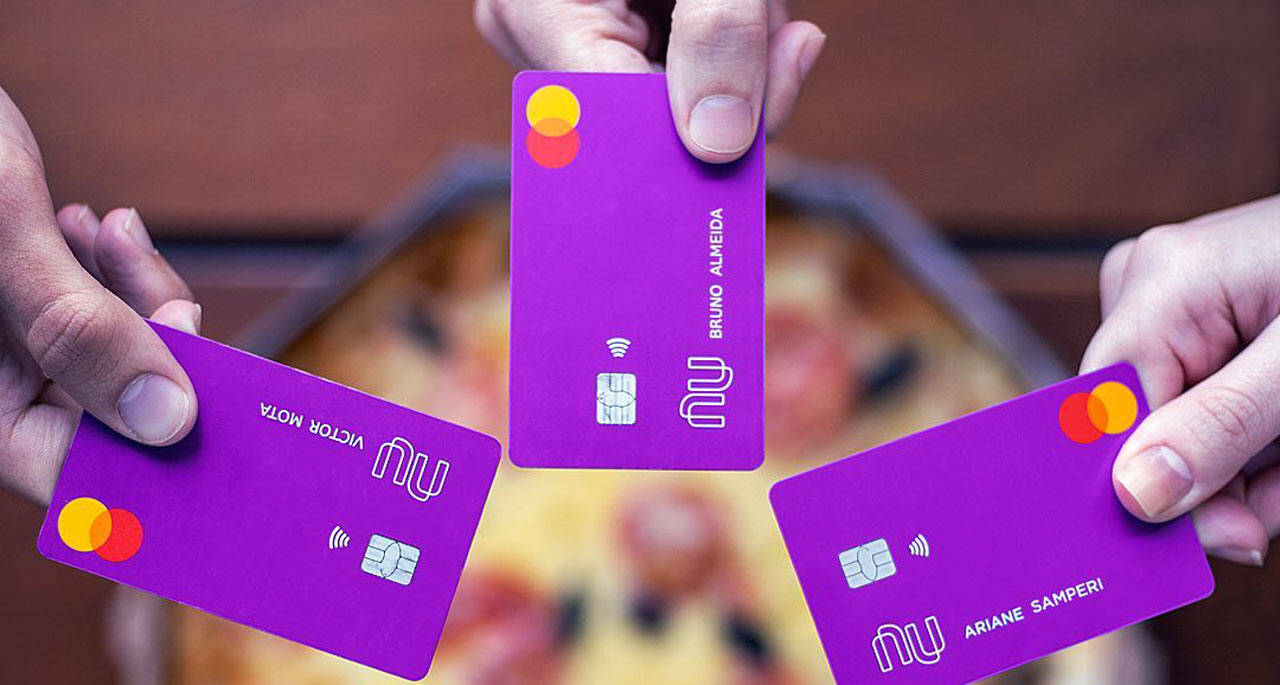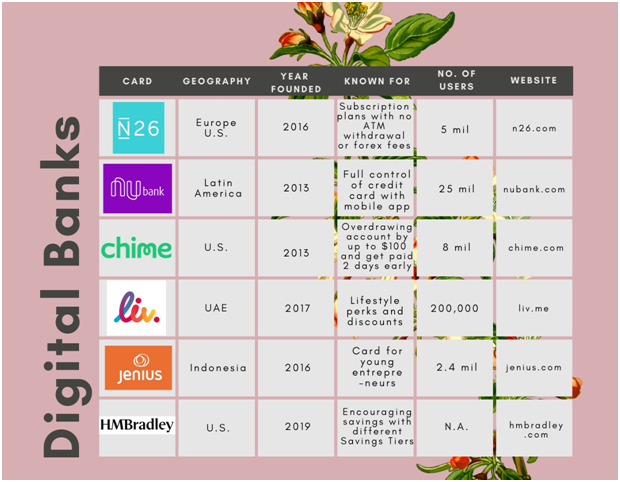– By Varun Mittal, Global Emerging Markets, FinTechs Leader, EY Singapore
Digital banks can be thought of as the Netflix and Spotify of banking. It has radically disrupted existing financial institutions by democratising banking services whereby they run on a subscription model like Netflix, and brought down the cost of servicing for both the low and high income users. With most if not all services brought on a digital platform, traditional banking service such as refreshments at branches or private lounges for premiere banking have been rendered irrelevant. The cost advantage can be significant, with the average operating cost per customer at £20 to £50, compared to over £170 for an incumbent bank.
Consumers also value speed and convenience more, which can be enabled with mobile technology, bringing features such as managing credit card and e-KYC all within the mobile banking app. With the improvement in customer experience, they gain an average Net Promoter Score of 62 compared to just 19 for incumbent banks. The only disparity in services are different tiers offered, which are not exclusive to anyone. Any consumer can simply upgrade their subscription for special perks and benefits offered by the digital banks.
On one hand, incumbent banks are threatened to retain market share and investible assets. On the other, they are partnering with these fintechs and adopting their culture of innovation in order to boost their internal digitalisation. One of the biggest bottlenecks that incumbent banks are facing is that they require credit scores, and a large proportion of youths and underserved customer segments who are still paying for loans or taking irregular income do not qualify.
When it comes to the youth segment, more than 46% of the younger population are choosing digital assistance over human interaction approach when it comes to financial services and products. That means that incremental and continuous innovation such as a mobile banking app to check balances and transfer money would not be enough. This would require radical innovation including end-to-end digitalisation on the backend with APIs. Given how many of us in emerging economies are already accustomed to e-wallets and scanning QR codes, it may not be long till more people keep branch visits to the minimum and adopt these digital banks.
However, digital banks can be kept as a supplementary account because of the inherent risk of tech integration. Several digital banks stalled its services because of failure from third-party tech integration or face difficulty in financing and keeping up its operations. Monzo faced a downround while Chime service outage of more than 24h left their 5 million customers without access to their accounts. Given such risks, it may be wise to distribute our savings across incumbent banks and digital banks.
Here are a list of notable digital banks, followed by cases of digital bank crisis:
N26
Countries offered: Europe, U.S.
Who would love it: Globetrotters
Year founded: 2016
Number of users: 5 mil
Known for: Subscription plans with free ATM withdrawals and insurance.
- Offers no foreign exchange fees and a handy feature to help users save for a specific dream purchase, like a luxurious vacation! Users can start banking with the app before the Mastercard arrives.
- Statistics, which automatically categorizes expenses into categories to gain better insights into users spending habits, so saving up for a trip would not be as painful as it seems.
- N26 also rounds up card purchases to the nearest euro and transfers the difference to a different ‘space’ for passive saving.
Security: Fingerprint identification (available in most smartphones now) and advanced 3D Secure technology, and the money protected up to €100,000.
Cons: N26 is discontinuing operations in the UK after failing to attract and monetise customers with their premium products.
Latest updates: N26 just launched a mid-tier subscription plan, N26 Smart, at €4.90 which excludes travel insurance and travel perks that the lowest and highest tier subscription plans come with. This is unsurprising given how travellers will not be able to use the free overseas ATM withdrawals or currency exchange soon.
Nubank
 Countries offered: Latin America
Countries offered: Latin America
Who would love it: Fun-loving Gen Z and millennials
Year founded: 2013
Number of users: 25 million
Known for: The first fully mobile digital bank that allows users to have full control over the credit card with the app. Nubank is also known for creating access to a large unbanked population in South America who do not qualify for the major banks.
- Reduced complexity by empowering users with their signature purple credit card, that has no annuity fees, and can be used to pay off utility bills.
- Cool feature #2: Users can add on Nubank Rewards, where the points accumulated from spending can be used for discounts for flight tickets, meals and accommodation.
Cons: There is not much to dislike about Nubank except for the fact that the apps have a lot of bugs and the frequent updates impede the user experience.
Latest Updates: Chubb partners with Nubank with the launch of a fully digital life insurance in Brazil.
Chime
 Countries offered: United States
Countries offered: United States
Who would love it: Young employees
Year founded: 2013
Number of users: 8 million
Known for: Overdrawing account by up to $100 on debit card purchases without a fee or minimum balance required.
- Cool feature #1: Users can get paid 2 days earlier with direct deposit.
- Cool feature #2: 1% yield saving account, and users can choose to save by automatically rounding up the differences of purchases to go into savings or save 10% of each incoming payment.
Cons: Chime only allows one spending and one saving account.
Latest Updates: Chime experienced their third power outage since July, leaving 5 million customers stranded outside restaurants and stores without access to the mobile app and website. This was due to a technical issue with the third party payment processor Galileo.
Liv. Bank (by Emirates NBD)
 Countries offered: UAE
Countries offered: UAE
Who would love it: Fun-loving Gen Z and millennials
Year founded: 2017
Number of users: 200,000
Known for: Lifestyle perks such as access and discounts to concerts and events, and exclusive benefits at Careem, Burger King and more.
- Split bills with friends with social media.
- Cool feature #2: Track spending and Emirates miles accumulated, and even raise disputes digitally.
Cons: Liv. Credit Card is only available for customers with 5000+ of salary and are above 21.
Latest updates: Liv. renewed their partnership with Visa to launch more co-branded offerings.
Jenius
Countries offered: Indonesia
Who would love it: Young entrepreneurs and Self-employed
Year founded: 2016
Number of users: 2.4 million
Known as: Bank BTPN financial product for younger audience.
- $Cashtag feature enables customers to use their names as their account identifier without having to remember long strings of numbers.
- Cool feature #2: Jenius for Business for SMEs to manage their finance.
- Cool feature #3: KYC video call is used for new account creators to be verified anywhere
Cons: Jenius’ billing option is not as robust as other banking apps.
Latest Updates: Jenius will be rolling out an investment product in the near future.
HMBradley
Countries: U.S.
Who would love it: Newcomers
Year founded: 2019
No. of users: N.A.
Known for: Encouraging new credit card users to save
- HMBradley rewards users with 1% to 3% cashback on their top spending categories. You know it’s meant for youths when their site shows Alcohol and Bars as the top category demo.
- Cool feature #2: Encourage saving with Savings Tier calculated every quarter, where users can save more to be upgraded and earn up to 3% APY
Cons: HMBradley Credit Card charges $60 annual fee.
Latest updates: The savings-focused baking platform raised $18.25 million at the last week of November.
These digital banks are winning the hearts of the youths by offering lifestyle perks, easy application and low or no fees. Incumbent banks are soon to join the digital bank race, but whether they can appeal to the youths with great mobile banking experience as well as the fintech startups remains to be seen.
![]()
 Source: Bain
Source: Bain
Digital Bank Crisis
Monzo Down Round and Salary Cuts
The UK-based neobank Monzo reported losses of GBP 115.4 million for its FY 2019/20, more than two times higher than in the previous year, stating a significant impact on its revenue due to Covid and the related uncertainty as one of the reasons. Their loan volume was GBP 143.9 million and expected credit losses was GBP 20.3 mil. The fast-growing FinTech has implemented salary cuts for executives and reduced working hours for its workforce in an effort to cut costs. The company warned that “there are material uncertainties that cast significant doubt upon the Group’s ability to continue” in light of these developments and current market environment.
At the end of 2020 Q2, it was set to close its funding round at £1.25bn, raising £70-80m at around a 40% discount from the £2bn valuation it raised at last June. This round came about from regulatory pressure to maintain minimum capital requirements at least 8% of its risk-weighted assets in liquid cash.
Chime Bank Service Outage
Chime, the leading branchless bank in the U.S., was in the midst of a service outage that left millions of customers without access to their accounts. Card transactions and ATM withdrawals have since been restored, but the main touchpoint for Chime’s 5 million users – its mobile app and website – is still down after more than 24 hours. The outage was caused by an issue with the database of payment processor Galileo, a company that connects banks to credit card processors through APIs, and counts Robinhood, Monzo, Revolut, Varo and TransferWise as customers.
Many challenger banks lean on third parties to connect to a payment network. It reduces the complexity of integrating directly with a company like Visa or Mastercard. But that can come with issues around downtime and outages. After similar outages faced by Monzo and Revolut Bank, many challenger banks have shifted payment processes in house.
The outage, reportedly Chime’s third since July, comes at a sensitive time for the San Francisco start-up. Chime was in the process of raising new funding from investors at a valuation of at least $5 billion.
DISCLAIMER: The views expressed are solely of the author and ETBFSI.com does not necessarily subscribe to it. ETBFSI.com shall not be responsible for any damage caused to any person/organisation directly or indirectly.
 Countries offered: Latin America
Countries offered: Latin America Countries offered: United States
Countries offered: United States Countries offered: UAE
Countries offered: UAE Source: Bain
Source: Bain